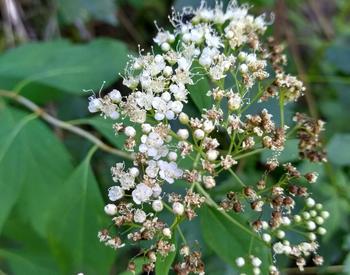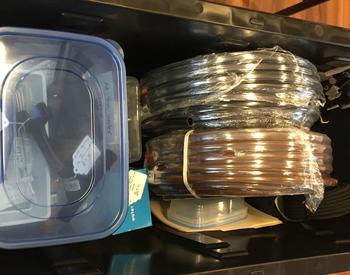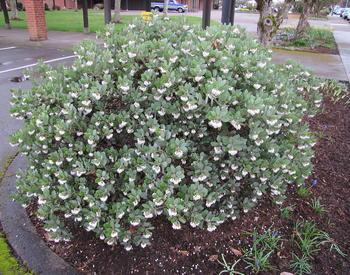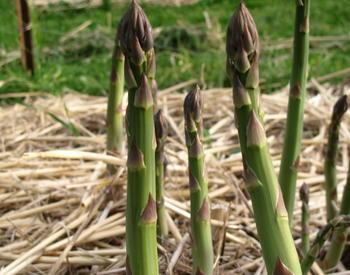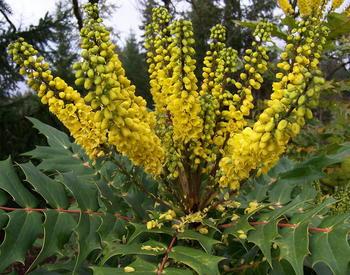CORVALLIS - Purchased ladybird beetles are not a very effective pest control for your home garden for a couple of reasons.
Commercial ladybug collecting destroys natural habitat and may injure or stress many ladybugs, say Oregon State University entomologists Jack DeAngelis and Amy Dreves. And the ladybugs don't necessarily stay put in your yard once you release them there.
"Lady beetles or ladybugs are collected from wild populations," explained DeAngelis, entomologist with the OSU Extension Service. "Commercial collectors may inadvertently destroy natural habitat while gathering these creatures. Off-road vehicles are sometimes used to get to ladybug collecting sites that are generally in otherwise pristine areas. And in the process of collecting, packing, storage and release, many beetles are so injured they are no longer effective predators. Many are killed as well."
Artificially-introduced adult lady beetles rarely stay around unless there is plenty to eat.
"In the spring, wild captured ladybug adults are ready to exert some of their penned up energy by flying about," added Amy Dreves, program assistant for the OSU-based statewide Master Gardener Program. "I find they are not interested in hanging out, especially if there is not a good supply of food in front of them.
"Also, different species of ladybugs have specific food preferences," continued Dreves. "Some ladybugs prefer tree aphids, some like rose aphids, some prefer only crucifer (broccoli, cabbage, Brussels sprouts, cauliflower) aphids. Some ladybugs are generalist feeders."
More effective biological controls for the home garden might include purchasing other predators besides adult ladybugs. Lacewings, predatory mites, aphid predators and parasites and predatory bugs are more apt to stay around than roving ladybug adults, said DeAngelis.
"Lacewings are probably the best general purpose predator for home gardens," he said.
Deal only with suppliers that provide you with clear information on how natural predators should be used, he advised.
The best way to keep the natural enemies of pest species such as ladybugs around is to limit the use of broad spectrum insecticides to control garden pests. They kill pests and beneficials alike. Instead, use selective and non-persistent "biorational" pesticides like soaps, oils and microbials if you need to chemically control pests.
Also, grow a good array of plants that beneficials can use for food and shelter. To keep a good arsenal of predators around, grow a mix of yarrow, wild buckwheat, white sweet clover, tansy, sweet fennel, sweet alyssum, spearmint, Queen Anne's lace, hairy vetch, flowering buckwheat, crimson clover, cowpeas, common knotweed, caraway and black locust.
If you have questions about the identity of a specific creature in your garden, contact the Master Gardener program at your local county office of the OSU Extension Service.






